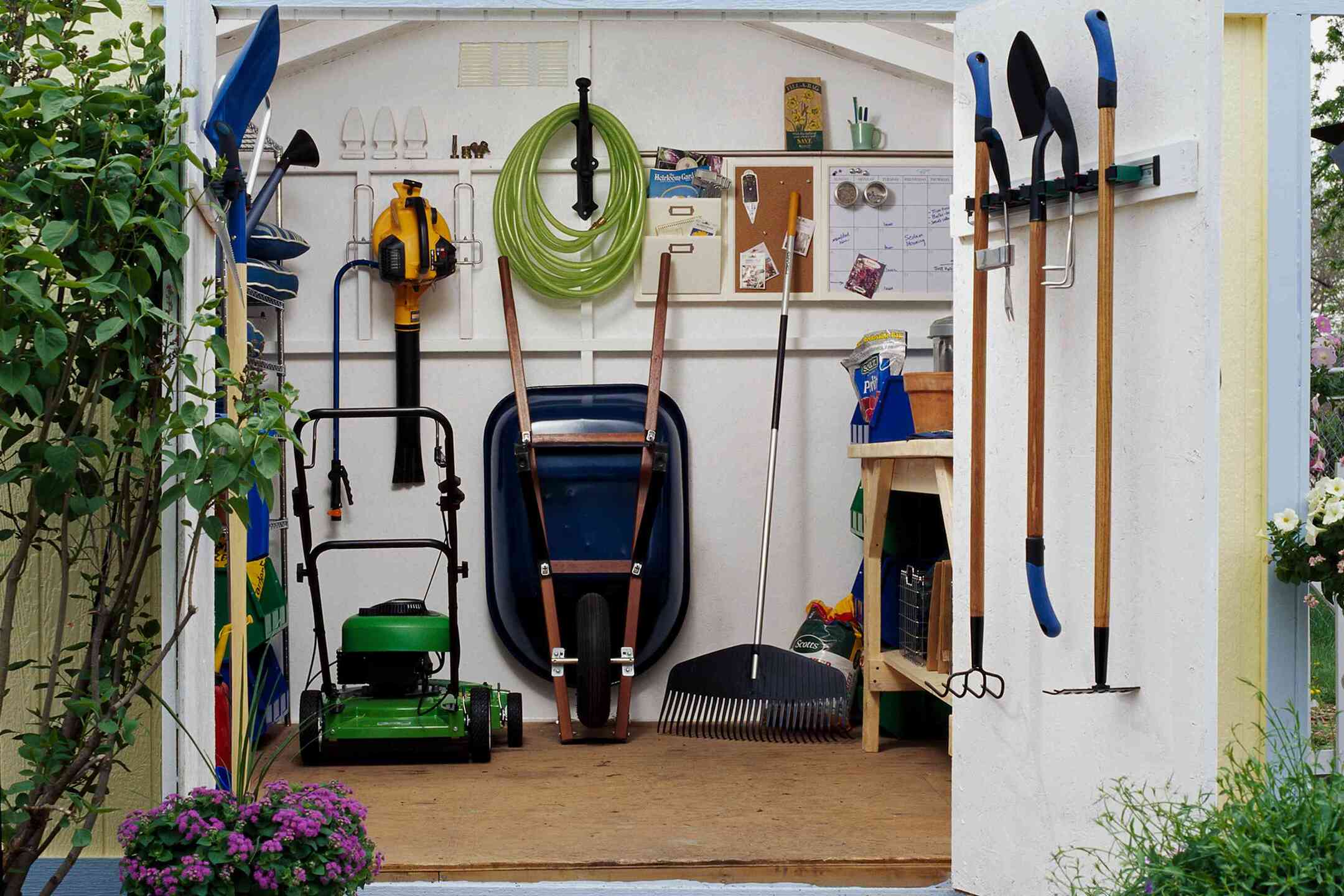

Articles
How To Store Garden Tools Outside
Modified: January 20, 2024
Looking for tips on storing garden tools outside? Check out our articles for expert advice and ideas on how to keep your tools organized and protected from the elements.
(Many of the links in this article redirect to a specific reviewed product. Your purchase of these products through affiliate links helps to generate commission for Storables.com, at no extra cost. Learn more)
Introduction
Keeping your garden tools stored properly is essential for their longevity and functionality. While many homeowners may choose to store their garden tools indoors, not everyone has the luxury of ample storage space. If you find yourself in this situation, fear not! Storing your garden tools outside is still possible as long as you take the necessary precautions.
In this article, we will explore the best practices for storing garden tools outdoors. From choosing the right storage location to maintaining and organizing your tools, we’ll cover it all. By following these tips, you can ensure that your garden tools will remain in great condition, ready to be used whenever you need them.
So, let’s dive in and discover how to store garden tools outside effectively!
Key Takeaways:
- Properly storing garden tools outside requires choosing a sheltered location, cleaning and maintaining tools, organizing for easy access, using protective covers, and securing against theft or damage.
- Regular inspections and maintenance, along with additional tips like using tarps and stackable storage containers, are crucial for optimizing the storage of garden tools outside.
Read more: How To Store Soil Outside
Choosing the Right Storage Location
When it comes to storing garden tools outside, selecting the right storage location is crucial. Here are some factors to consider:
- Shelter: Look for a location that provides some form of shelter to protect your tools from the elements. This can be a shed, a garage, or even a covered area.
- Sunlight Exposure: Avoid storing your tools in direct sunlight for extended periods as it can cause the handles to dry out and crack. Look for a location that offers some shade.
- Accessibility: Choose a spot that is easily accessible, allowing you to retrieve and put away your tools conveniently. This will encourage you to maintain a tidy storage space.
- Avoiding Moisture: Ensure that the chosen location is free from moisture buildup. Excessive moisture can lead to rust and corrosion, which can damage your tools.
Keep in mind that while finding an ideal storage location might be challenging, doing so will greatly contribute to the longevity of your garden tools. Take the time to assess your outdoor space and make the necessary arrangements to create a suitable storage area for your tools.
Cleaning and Maintaining Garden Tools
Before storing your garden tools outside, it’s crucial to clean and maintain them properly. This will help prevent rust, corrosion, and the buildup of dirt and debris. Here’s how you can do it:
- Cleaning: Start by removing any excess dirt or debris from your tools. Use a stiff brush or a cloth to scrub off any caked-on mud or soil. For stubborn dirt, you can use a mild detergent mixed with water.
- Drying: After cleaning, make sure to dry your tools thoroughly to prevent moisture from causing rust. Wipe them with a clean cloth, and if necessary, use a hairdryer or leave them out in the sun to air dry completely.
- Sharpening: If your garden tools, such as pruning shears or shovels, have dull blades, take the time to sharpen them. This will ensure that they perform optimally when you need them for your gardening tasks.
- Lubricating: Apply a thin layer of oil or lubricant to metal parts, such as pruning shears, to prevent rust and keep them functioning smoothly. Be sure to follow the manufacturer’s instructions for the appropriate lubrication.
- Wooden Handles: If your tools have wooden handles, consider applying a coat of linseed oil to keep them moisturized and prevent cracking or splintering. This will also help prolong their lifespan.
By regularly cleaning and maintaining your garden tools, you can help extend their durability and prevent any potential damage. Remember to carry out these maintenance tasks before storing your tools outside to ensure they are in top condition when you need them next.
Organizing Tools for Easy Access
Having an organized storage system for your garden tools not only makes it easier to find them but also helps to prevent damage and ensure their longevity. Here are some tips for organizing your tools:
- Tool Rack or Pegboard: Install a tool rack or pegboard in your storage area to hang and display your garden tools. This allows for easy visibility and accessibility, making it simple to grab the tool you need without searching through a cluttered space.
- Separate Small and Large Tools: Group your tools based on their size and function. Keep smaller tools, such as hand trowels and pruners, together in a designated container or drawer. Place larger tools, such as rakes and shovels, in a separate area or hang them on hooks.
- Labeling: Use labels or markers to identify each tool or tool category. This helps to quickly locate specific tools and ensures they are returned to their proper place after use.
- Dividers or Bins: Utilize dividers or bins to further organize your tools and prevent them from clattering together. This helps to minimize the risk of damage, especially for tools with sharp blades or delicate parts.
- Arrange by Frequency of Use: Place frequently used tools in a more accessible area, closer to the entrance of your storage space. Lesser-used tools can be stored in the back or higher shelves.
By organizing your garden tools effectively, you can save time and effort in locating the tool you need. Additionally, it helps to keep your tools in good condition, preventing any accidental damage that may occur due to improper storage.
Using Protective Covers
To provide an extra layer of protection for your garden tools while they are stored outside, consider using protective covers. Here’s why it’s important and how you can do it:
- Protection from Elements: Protective covers shield your tools from direct exposure to rain, snow, and harsh sunlight. This helps to prevent moisture buildup, rust, and UV damage.
- Cover Options: There are various cover options available for different types of garden tools. For smaller handheld tools, use tool rolls or wraps made of durable and waterproof material. For larger tools like lawnmowers or wheelbarrows, use specialized covers designed to fit them properly.
- Secure Fastening: Ensure that the covers are securely fastened to prevent them from blowing away in strong winds. Use straps, buckles, or drawstrings to keep the covers in place.
- Ventilation: Opt for covers that offer ventilation or breathable material to allow air circulation. This helps to prevent condensation and mold growth on your tools.
- Regular Inspection: Periodically check your covers for any signs of wear or damage. Replace them if necessary to ensure continuous protection for your tools.
Using protective covers is a worthwhile investment, as they can significantly extend the lifespan of your garden tools. Don’t forget to clean and dry your tools before covering them, as any moisture trapped inside the covers can still cause damage over time.
To store garden tools outside, consider installing a sturdy, weatherproof storage shed or cabinet to protect them from the elements. Make sure to clean and dry the tools before storing to prevent rust and deterioration.
Read more: How To Store Furniture Outside
Securing Tools to Prevent Theft or Damage
When storing your garden tools outside, it’s important to take precautions to secure them and protect them from theft or potential damage. Here are some tips to keep your tools safe:
- Lockable Storage: If your outdoor storage area has doors, consider installing a lock to prevent unauthorized access. This adds an extra layer of security and helps deter potential thieves.
- Security Measures: Install security cameras or motion sensor lights near your storage area to deter theft and provide added protection. These measures can help identify any suspicious activity and keep your tools safe.
- Mark or Engrave Your Tools: Marking or engraving your tools with your initials or a unique identifier can make them less appealing to thieves. It also increases the chances of recovering stolen tools if they are ever found.
- Chain and Lock: For larger tools or equipment that cannot be easily stored inside, consider using a chain and lock to secure them to a fixed structure like a fence or post. This makes it more difficult for thieves to steal them.
- Inventory and Documentation: Keep a detailed inventory of your garden tools, including their make, model, serial numbers, and value. Take photographs for documentation purposes. This information will be helpful in case you need to file a police report or make an insurance claim.
By implementing these security measures, you can have peace of mind knowing that your garden tools are protected from theft and potential damage. Remember to regularly inspect your storage area and tools to ensure everything remains secure and in good condition.
Regular Inspections and Maintenance
To ensure that your garden tools remain in optimal condition while stored outside, regular inspections and maintenance are vital. Here’s what you should do:
- Check for Damage: Regularly inspect your tools for any signs of damage, such as bent or broken parts, rust or corrosion, or loose handles. Address any issues promptly to prevent further deterioration.
- Tighten Loose Parts: Tools with movable parts, such as pruners or shears, can become loose over time. Check for any loose screws or nuts and tighten them as needed to keep the tool in proper working order.
- Replace Worn-out Parts: If you notice any worn-out or damaged parts that cannot be repaired, consider replacing them. This ensures the tools are safe to use and maintains their effectiveness.
- Sharpen Blades: Blades on tools like pruners, hedge trimmers, or shovels can become dull with repeated use. Regularly sharpening them will improve their cutting performance, making your gardening tasks easier and more efficient.
- Lubricate Moving Parts: Apply lubricant or oil to moving parts, such as hinges or pivots, to keep them working smoothly. This prevents rust and prolongs the lifespan of your garden tools.
By conducting regular inspections and performing necessary maintenance, you can catch any problems early on and address them before they worsen. This ensures that your tools are always in optimal working condition when you need them for your gardening tasks.
Additional Tips for Storing Garden Tools Outside
In addition to the previous tips, here are some extra guidelines to further enhance the storage of your garden tools outside:
- Use a Tarp or Plastic Sheet: If your outdoor storage area is exposed to rain or snow, place a tarp or plastic sheet on the floor to create a barrier between your tools and the damp ground. This helps prevent moisture from seeping into the tools.
- Consider Hanging Hooks: Installing hooks on the walls or inside the storage area can be useful for hanging tools with handles. This keeps them off the ground and helps to prevent them from getting damaged or causing accidents.
- Utilize Stackable Storage Containers: Stackable storage containers or bins are a great option for organizing smaller tools and accessories. They maximize space efficiency and keep everything neat and easily accessible.
- Protect Water-Sensitive Equipment: If you have water-sensitive equipment like electronic garden tools or irrigation systems, make sure to store them in a completely waterproof container or bring them indoors when not in use.
- Remove Batteries: For tools that operate on batteries, remove the batteries before storing the tool. This prevents them from corroding and damaging the tool. Store the batteries separately in a cool, dry place.
Remember to follow the manufacturer’s guidelines for any specific storage instructions for your garden tools. They may have additional recommendations or requirements to ensure the longevity of their products.
By implementing these additional tips, you can further optimize the storage of your garden tools outside and maintain their quality for years to come.
Conclusion
Storing garden tools outside may seem challenging, but with the right techniques and precautions, you can ensure their longevity and functionality. Choosing the right storage location, cleaning and maintaining your tools, organizing them for easy access, using protective covers, securing them against theft or damage, conducting regular inspections and maintenance, and implementing additional tips are all essential steps to follow.
By selecting a sheltered location, cleaning and drying your tools before storage, organizing them in an accessible manner, and using protective covers, you can safeguard them from the elements and potential damage. Securing your tools and performing regular inspections and maintenance tasks will help extend their lifespan and keep them in excellent working condition.
Remember, proper storage and maintenance of garden tools not only ensure their longevity but also contribute to your gardening success. Having well-maintained tools at your disposal saves you time and effort when taking care of your garden. So, take the time to implement these storage techniques and enjoy a well-organized and functional outdoor space!
With these tips in mind, you can store your garden tools outside confidently, knowing that they will be protected and ready for use whenever you need them. So go ahead, store your tools with care, and reap the benefits of a well-maintained and efficient garden!
Frequently Asked Questions about How To Store Garden Tools Outside
Was this page helpful?
At Storables.com, we guarantee accurate and reliable information. Our content, validated by Expert Board Contributors, is crafted following stringent Editorial Policies. We're committed to providing you with well-researched, expert-backed insights for all your informational needs.
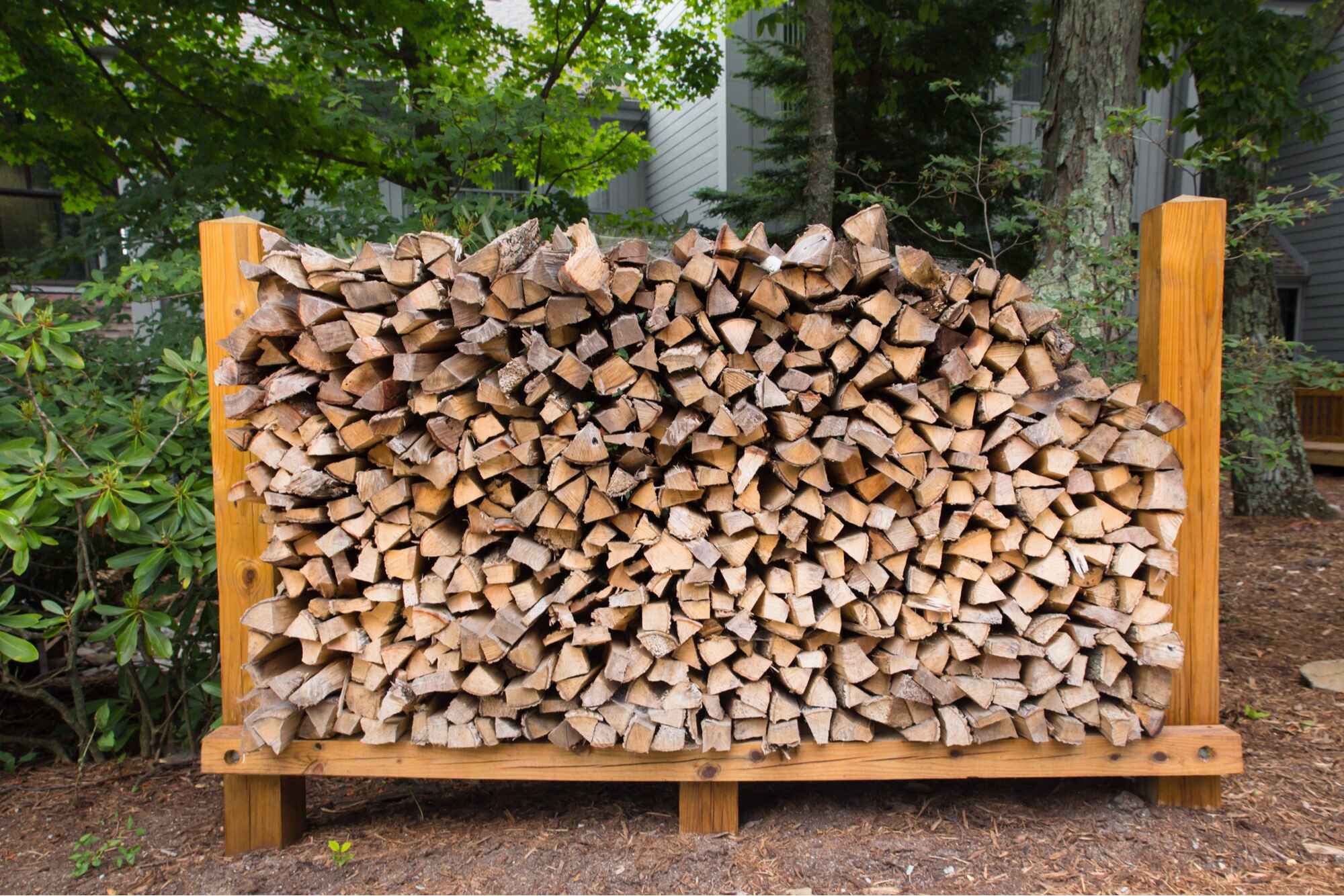
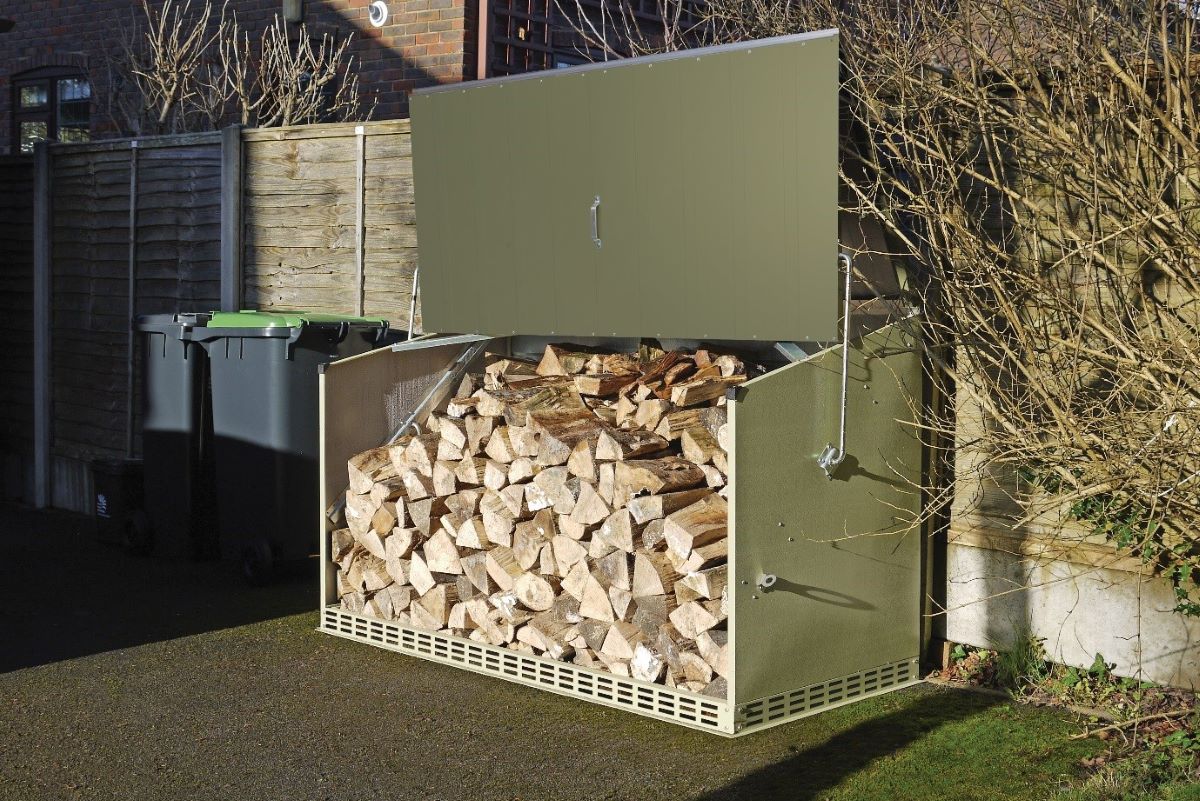

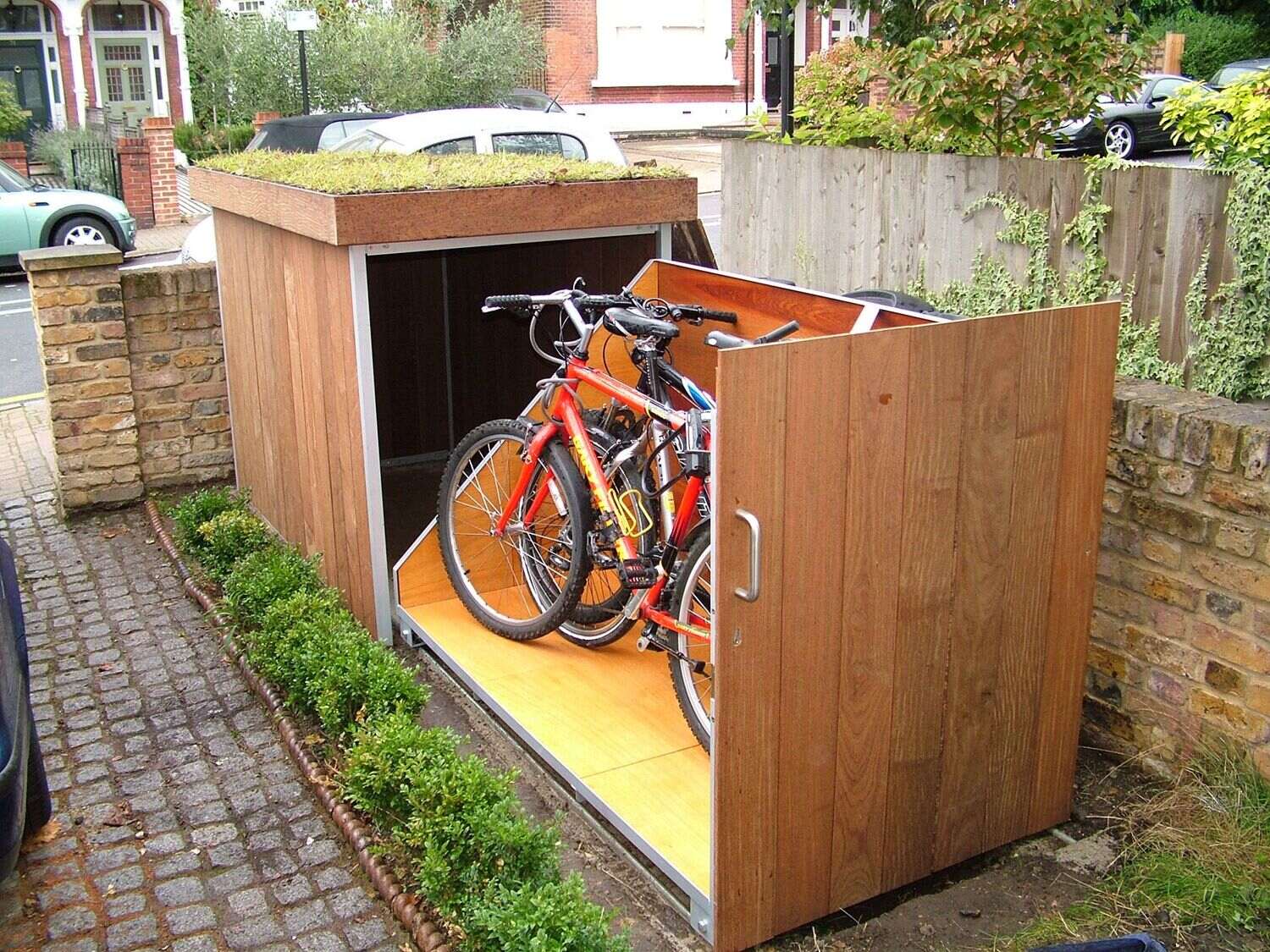

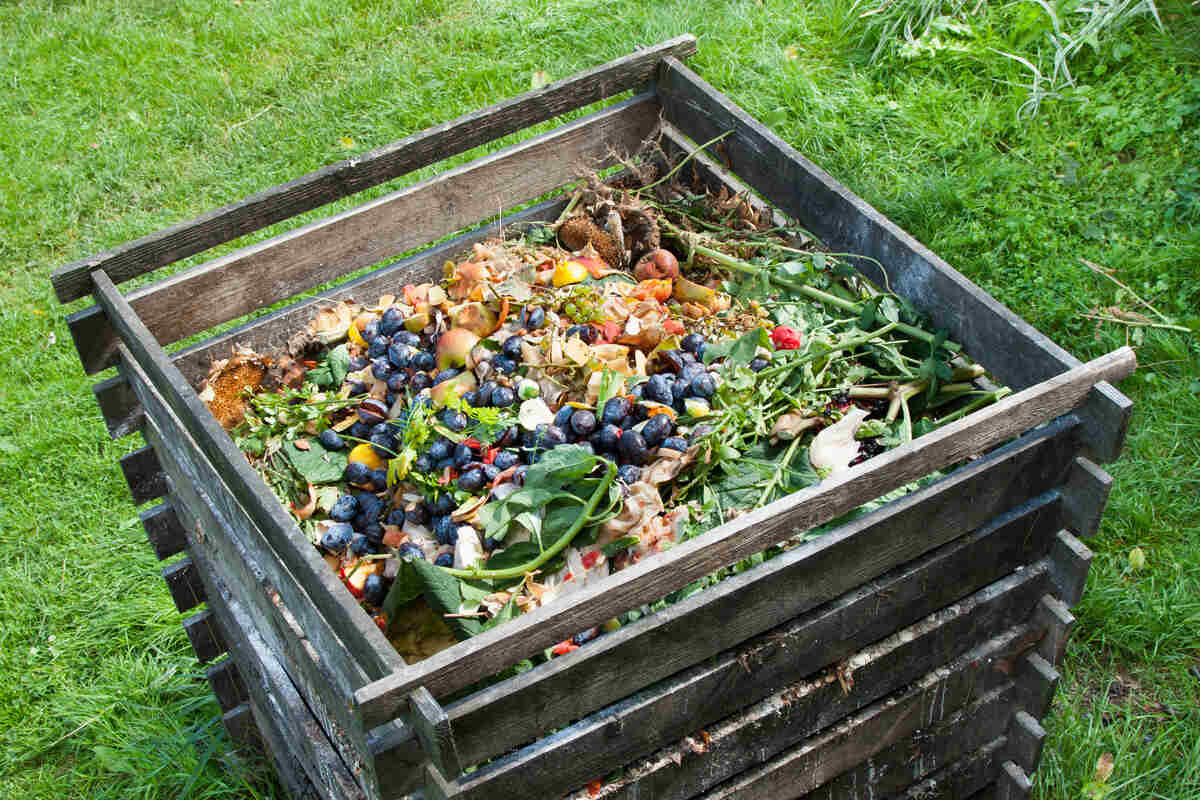
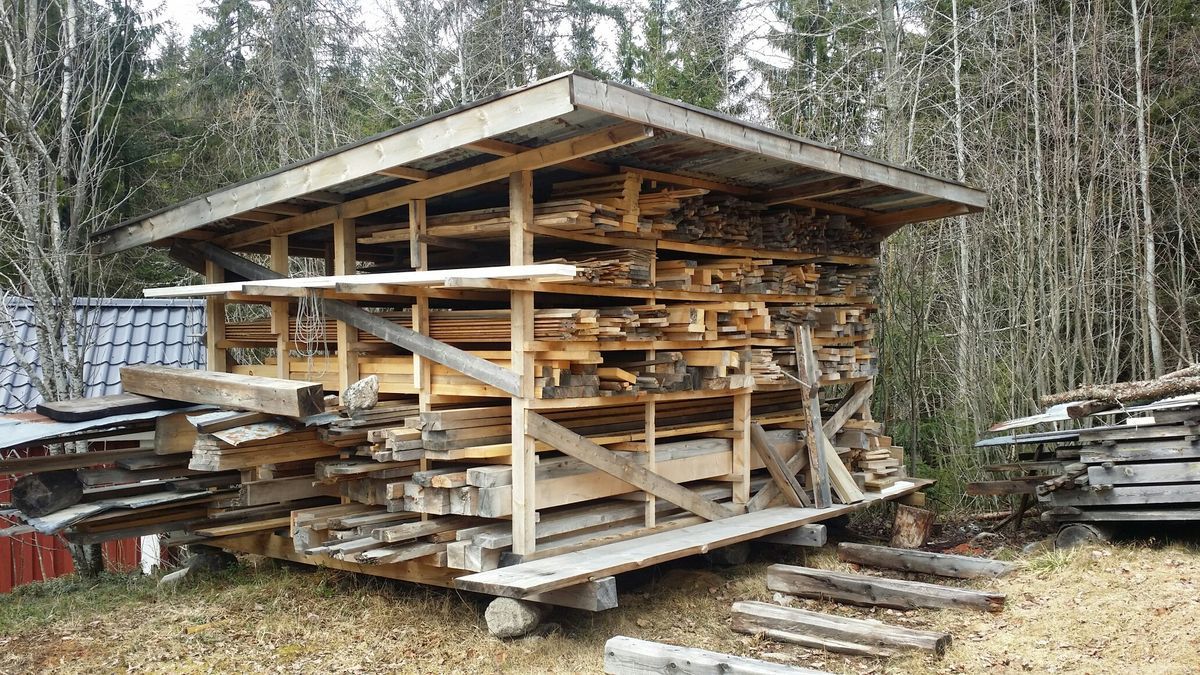
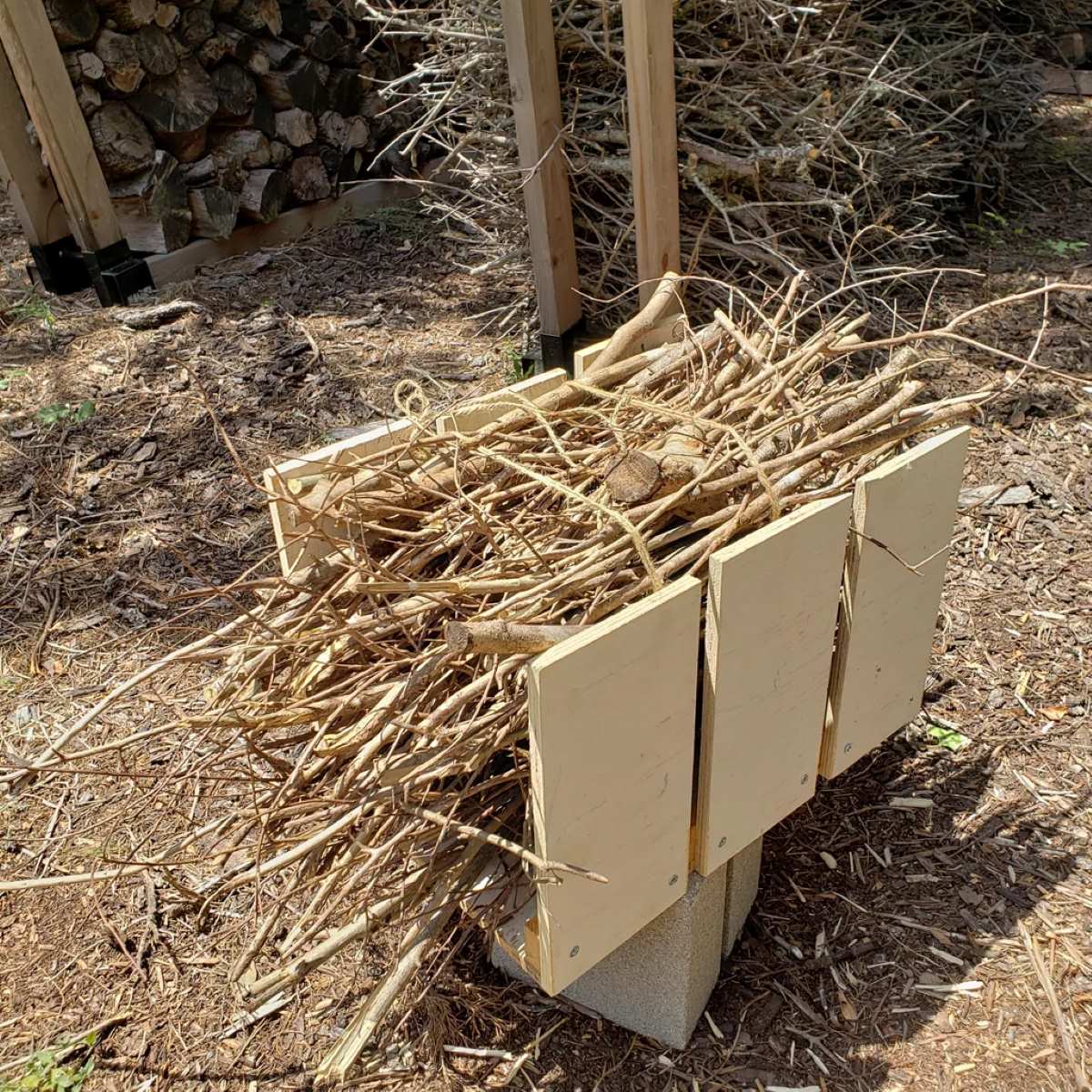
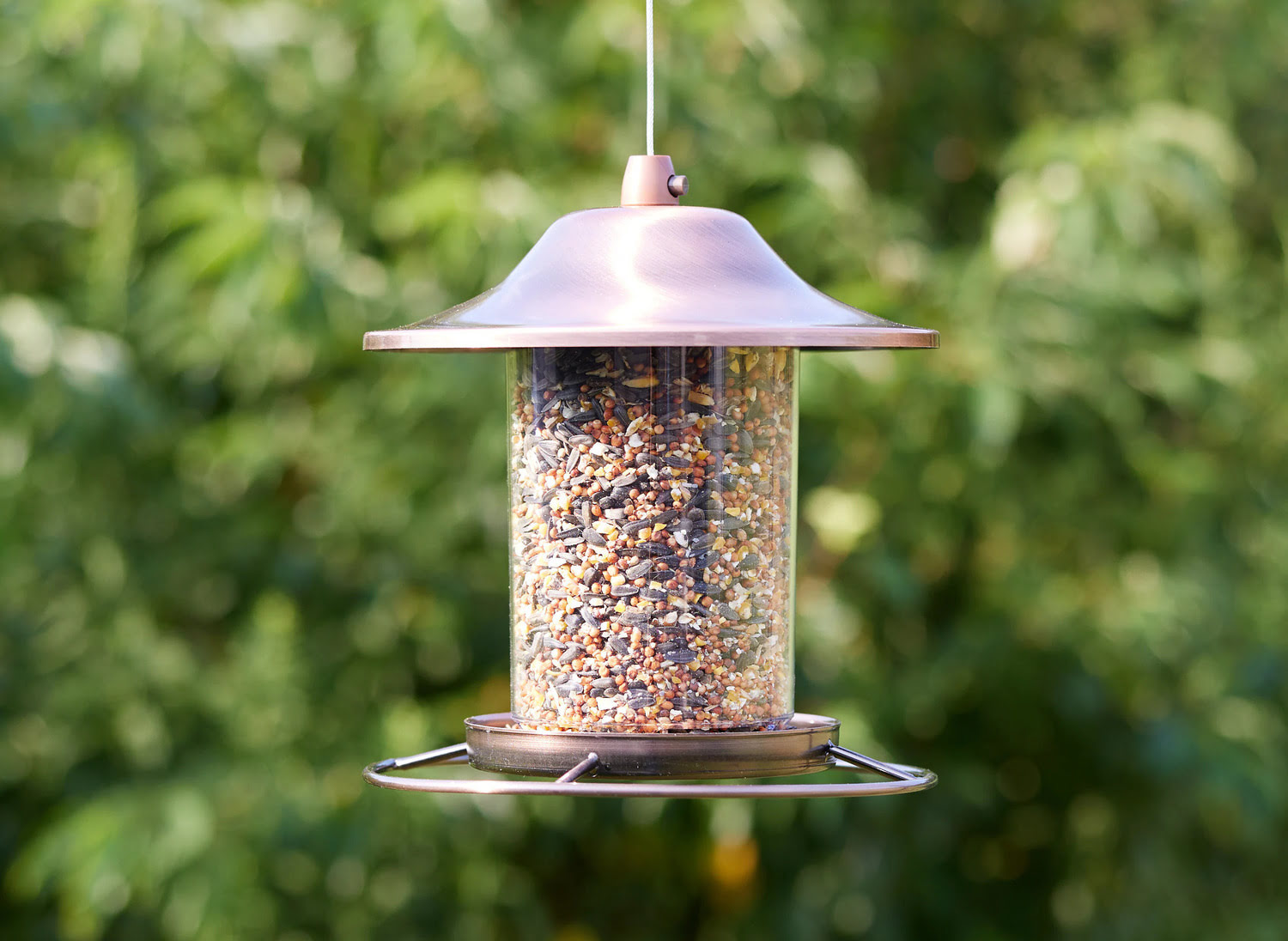
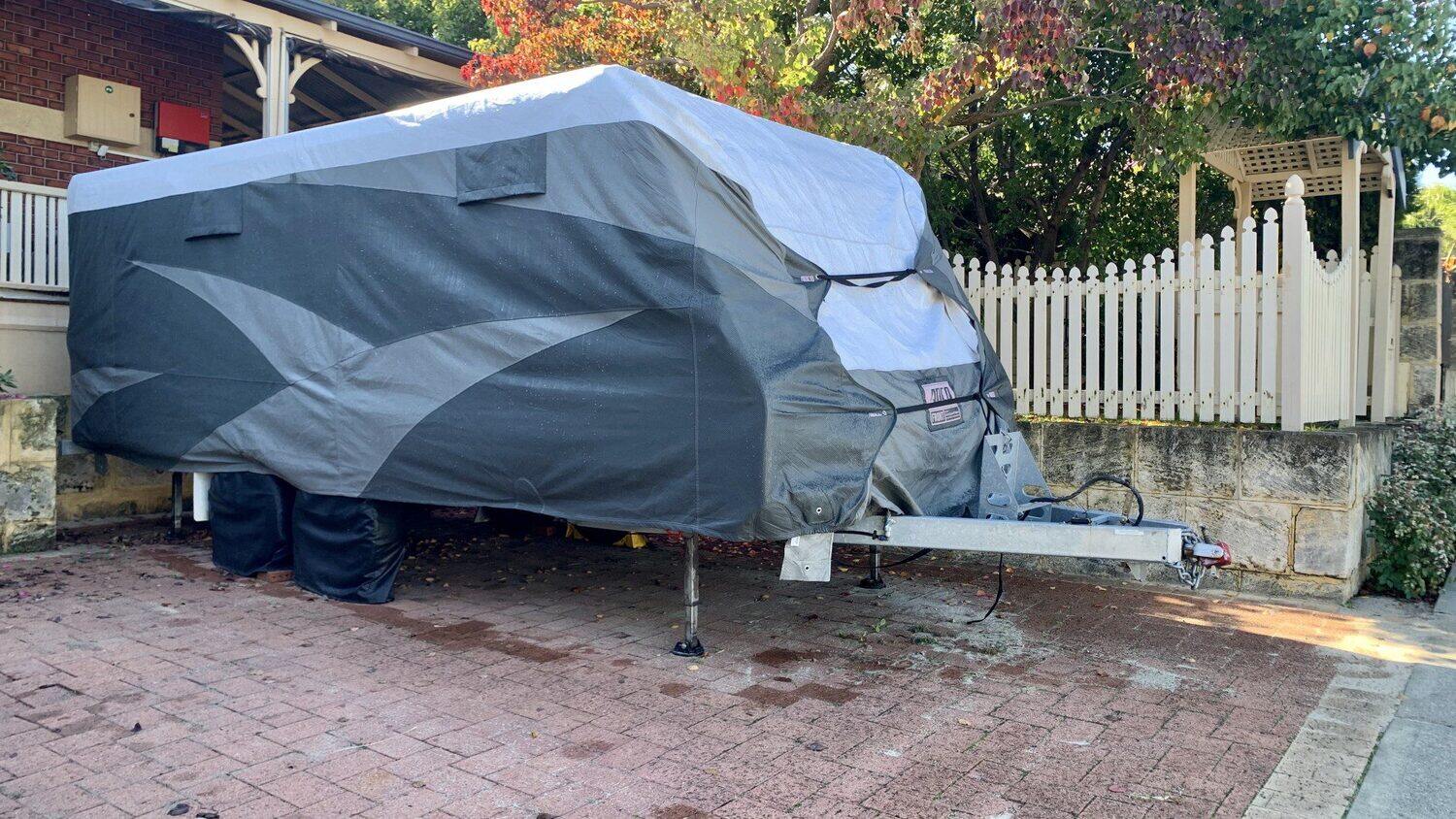
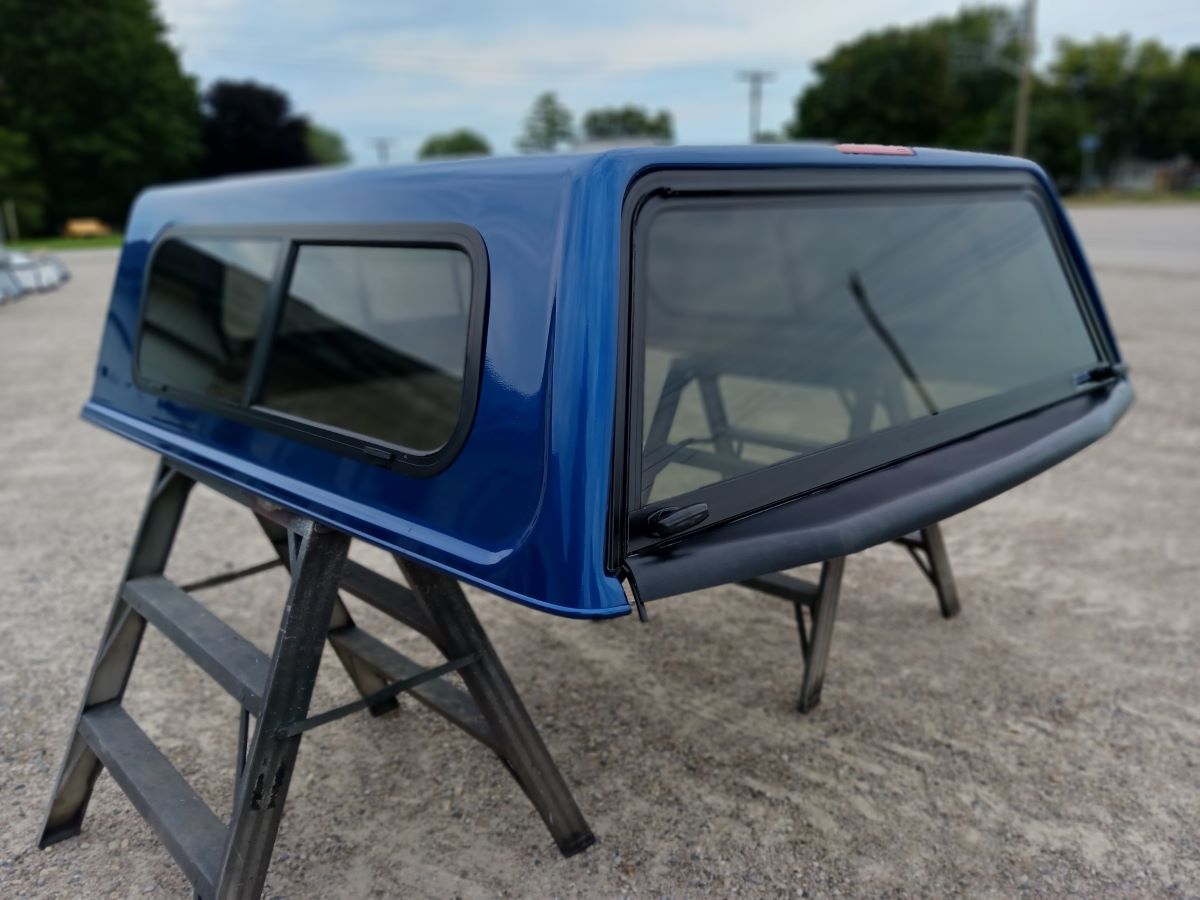
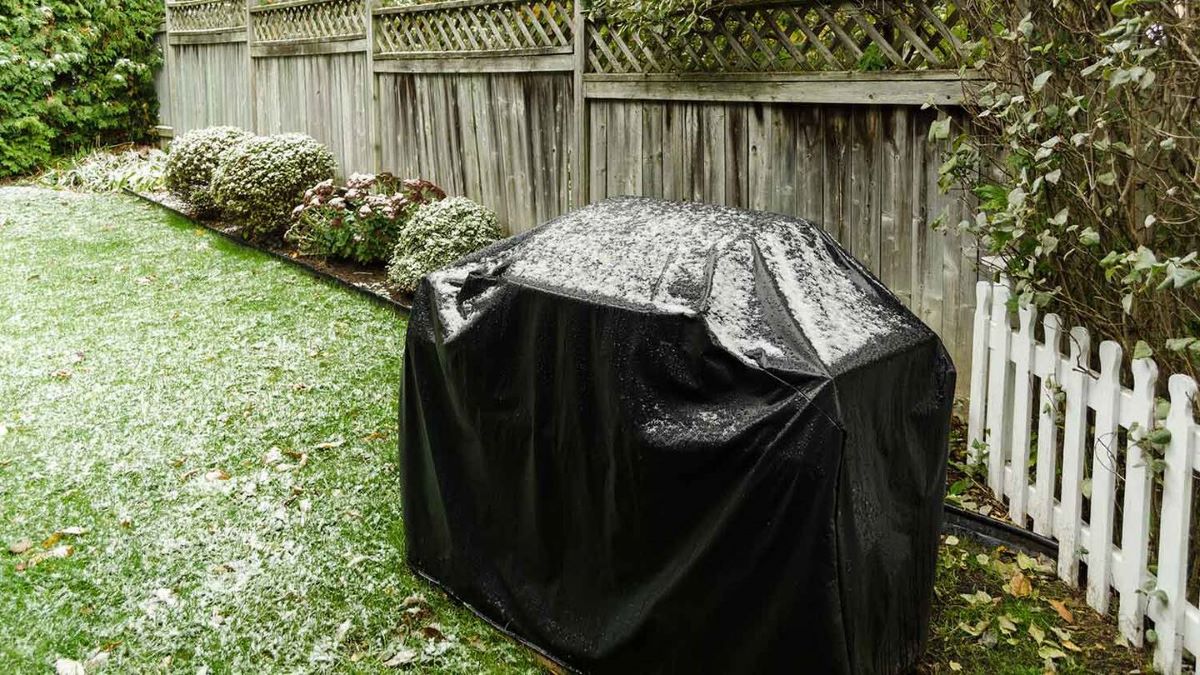
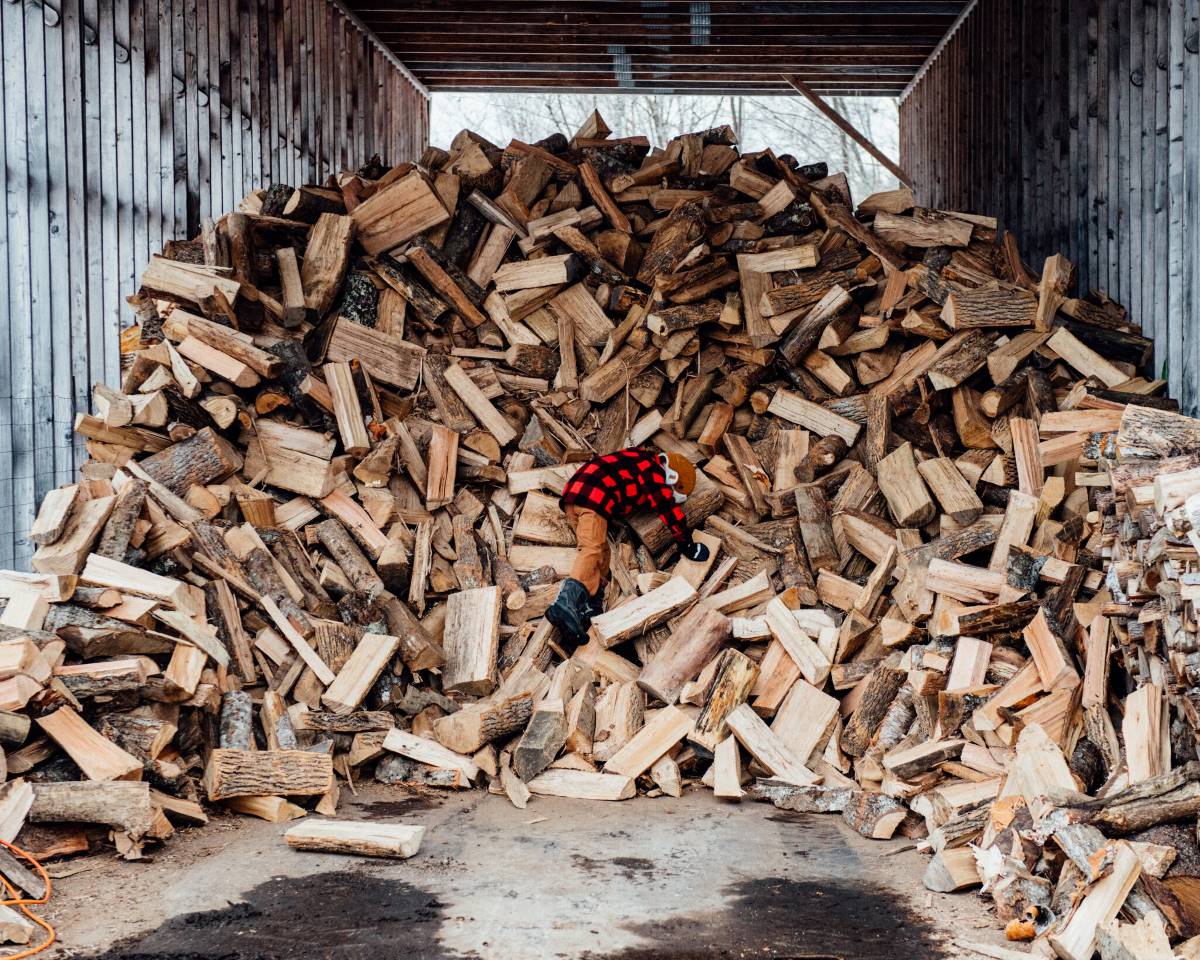
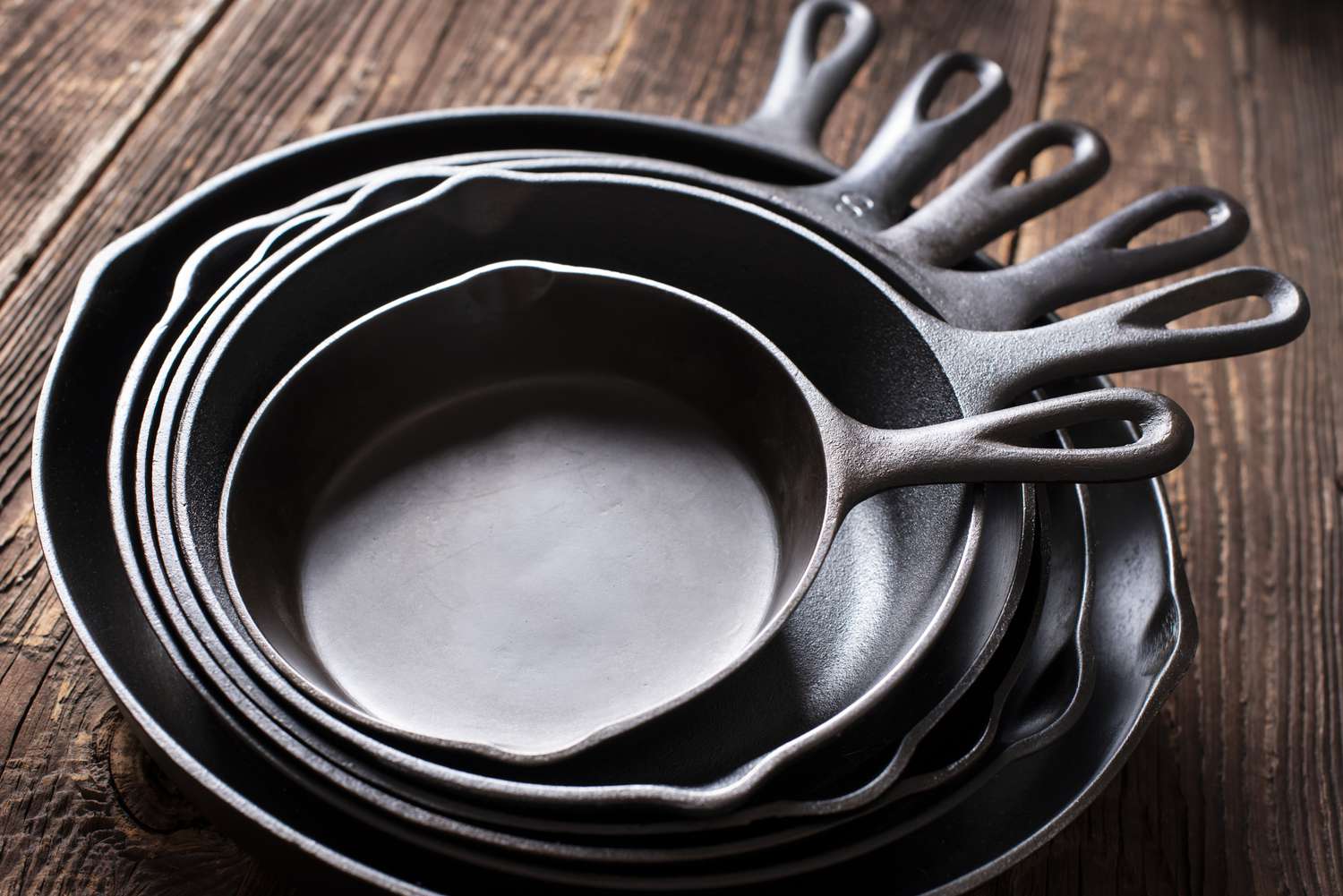

0 thoughts on “How To Store Garden Tools Outside”